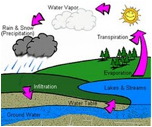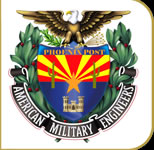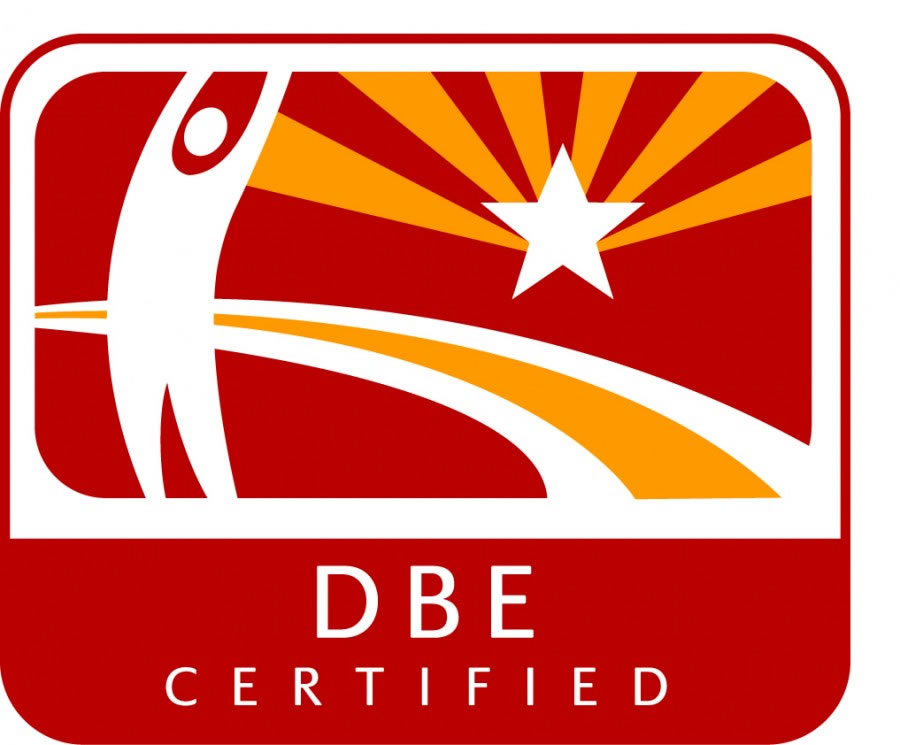Remediation is the regulatory term for cleaning up a site to a measurable standard. Once a site is determined to have been impacted, the site is characterized to establish the vertical and lateral extent of the impacts in soils and groundwater, the risk or potential threat to the public, and evaluated as to the method(s) that can be used to clean-up a site. Once remediation method is selected and permitted, the remediation system is installed and operated until the impacts have been reduced to below the regulated clean-up level. Upon confirmation that the impacted areas have been remediated, a closure request is made to the regulatory agency, where if the standards are met, a No Further Action letter is issued. Thus, remediation is a complex process, requires regulatory oversight, and needs to be conducted by experienced professionals
Facility Closures
Closing a facility and selling an industrial property is a process that requires attention to details both current and historic. While it is natural to consider the condition of the building and grounds as they stand today, the owner (soon to be seller) should also return to the historical information they may have acquired at the time they originally purchased the property.
Including a review of previously documented property uses and conditions to the overall site closure activities will add to your confidence when selling the property. You will know that you have thoroughly reviewed and disclosed all known environmental issues associated with your property.
Impacted Groundwater Sites

Groundwater is water located beneath the ground surface in soil pore spaces and in the fractures of lithological formations. This water forms as the part of the natural water cycle present in aquifers (layer of porous substrate that contains and transmits groundwater). Groundwater has many very important functions in agricultural, municipal and industrial use. It is of vital importance to maintain the appropriate level of quantity and quality of discharging groundwater as this has significant impact on surface-water quality.
The simplest groundwater pollution definition would be an introduction of certain pollutant(s) into the groundwater which reduces the quality of groundwater making its use very limited, or in some cases impossible. Many different chemicals, and various synthetic products we use today are usually the main causes of groundwater pollution, when spilled or not contained.
Impacted Soil Sites
The definition for impacted soil commonly used in remediation and management programs is soil that contains one or more contaminants from an unintentional or intentional spilling, leaking, pumping, pouring, emitting, emptying, or dumping of a hazardous substance, hazardous waste, pollutant, or naturally occurring contaminant at a concentration which fails to satisfy any applicable remediation standard.
Hazardous Waste Clean Ups
Hazardous waste is waste that poses substantial or potential threats to public health or the environment. There are four factors that determine whether or not a substance is hazardous:
U.S. environmental laws under Resource Conservation and Recovery Act (RCRA) describe a "hazardous waste" as a waste (usually a solid waste) that has the potential to:
- cause, or significantly contribute to an increase in mortality (death) or an increase in serious irreversible, or incapacitating reversible illness; or
- pose a substantial (present or potential) hazard to human health or the environment when improperly treated, stored, transported, or disposed of, or otherwise managed.
These wastes may be found in different physical states such as gaseous, liquids, or solids. Furthermore, a hazardous waste is a special type of waste because it cannot be disposed of by common means like other by-products of our everyday lives. Depending on the physical state of the waste, treatment and solidification processes might be available. In other cases, however, there is not much that can be done to prevent harm. |






